The New Frontier
Artist Beth Springer’s work lies somewhere between romanticism and realism, an inquiry into place and identity as influenced by history, heritage, globalization, and the information age. Oresman Gallery Student Assistant Paige Oliveira corresponded with Springer about her relationship to coastal landscapes, the role of technology in her work, and how the COVID-19 pandemic has affected her studio practice.
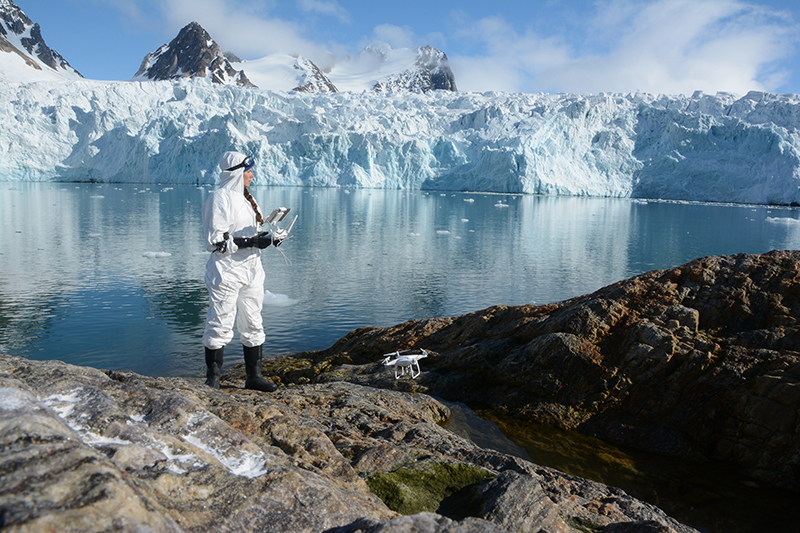
Paige Oliveira: Is there any particular place on earth you feel connected to? Or does your art reflect a passion for constant movement?
Beth Springer: My father had a fishing boat, and it seems most weekends we were out on the Chesapeake Bay trolling for Bluefish, Rockfish, and trapping Blue Crabs. It probably sounds cliché but as I live in Arkansas, the ocean and its ecology and economy, celestial navigational history, way-finding tools, tide schedules and accompanying charts amid unpredictability feels palpably absent. When I do have the time and financial resources to travel for extended periods, I usually pursue research projects in locations that return me to that threshold between land and sea. Over the last eight years I have pursued projects on coasts, islands, and in the Northern hemisphere, which includes Newfoundland and aboard a Barquentine sailing vessel in the High Arctic in the International Territory of Svalbard. Lately I’ve been thinking about the Earth’s axis of rotation as it intersects the North and South Magnetic Poles, and the extreme environments that determine survival in polar deserts, which arguably may be the last unexplored frontiers on this planet. Recent thawing however – the Northwest Passage and the resulting discoveries of John Franklin’s HMS Erebus and HMS Terror expedition vessels serve as good examples – reveals history and new pockets of resources in a way that is fascinating yet alarming in the resurfacing of Cold War Arctic competition.
Related to the second question, I hope my artwork reflects some degree of perpetual turbulence. To me, movement or change is constant although not always detectable, and I often design projects so they exhibit facets of growth and decay simultaneously. Is this current phenomenon coming or going? Or is it repeating itself as history often does? Who benefits and who suffers? How can we propel ourselves off this skipping record? While visually emphasizing turbulence, the work is also designed to capture moments of pause, instances of recognition, awareness, and possibility.
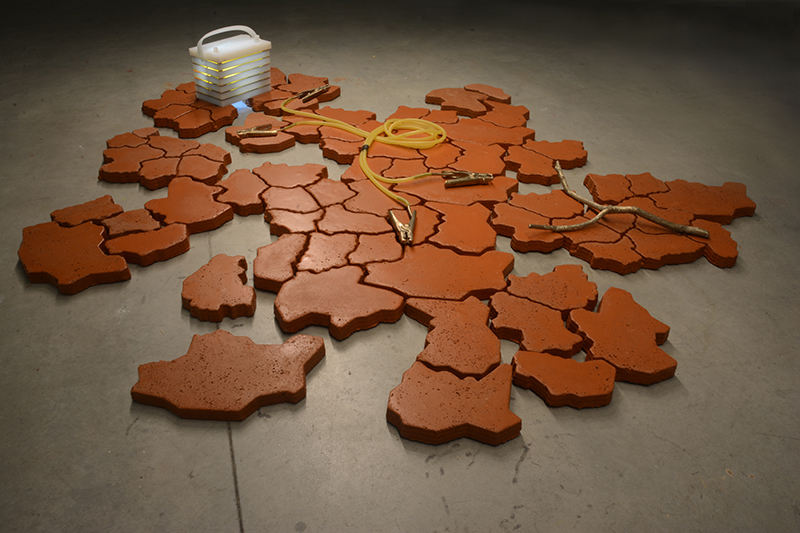
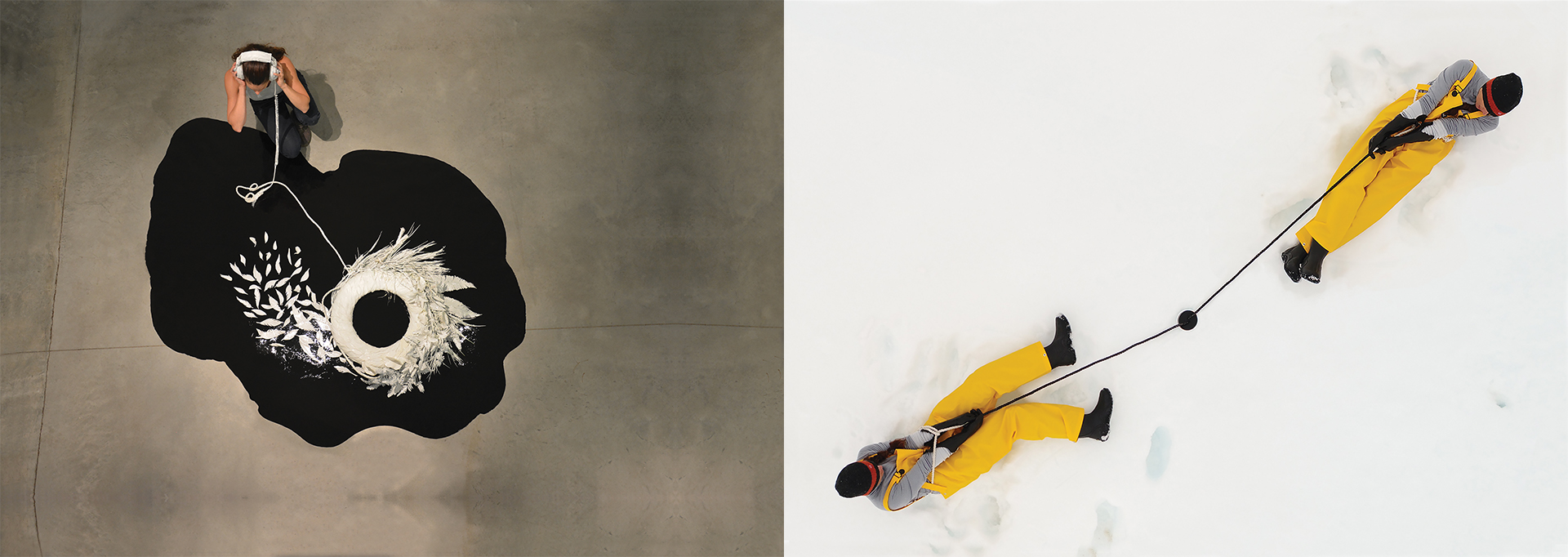
PO: Do you believe technology opposes or compliments the natural world?
BS: It depends on which technology, but in general I believe technology has the capacity to do both – it depends on who has control of the resources and power to decide how the technology is utilized.
The consumer’s position is equally crucial in supporting or resisting prescribed technology. The transparency of information and reliable data is key here, but as we know from history, the public is too often misled via propaganda to support the initiatives of investors and commercial enterprises. Making this equation more complex are the consequences of using an emergent technology widespread that is later understood as harmful (like plastic in the 20th century), which solved many immediate issues yet has contributed to the dire situation we find ourselves in today. Plastic waste was memorably pervasive during on-shore excursions on Spitsbergen during the Arctic Circle residency.
Exploration of the natural world as well as associated technologies invented or appropriated for expeditions (like the hydrogen balloon used in S.A. Andree’s failed polar expedition attempt and Roald Amundsen’s adoption of the Netsilik Inuit people’s survival skills in the Arctic) have certainly influenced this new body of work. Referencing technology while role-playing in pieces like Hunter/Gatherer and Magnetic Interference, Reversing Tides, Old Sow increasingly has become a strategy in my practice, not only in recreating visuals that historically reference heroic figures and endeavors, but more importantly to create space in which viewers may recognize themselves as occupying this place, a new frontier of significant change. By flying a consumer-grade drone to witness the environment and my body’s position in it, I acknowledge my own displacement and implicit destruction despite good intentions – I am a tourist, an observer, and not in pursuit of any defined feat; yet, I wish to establish the visual that I am. Recognizing individual and collective opportunity amid feelings of futility seems palpably present in our current context.
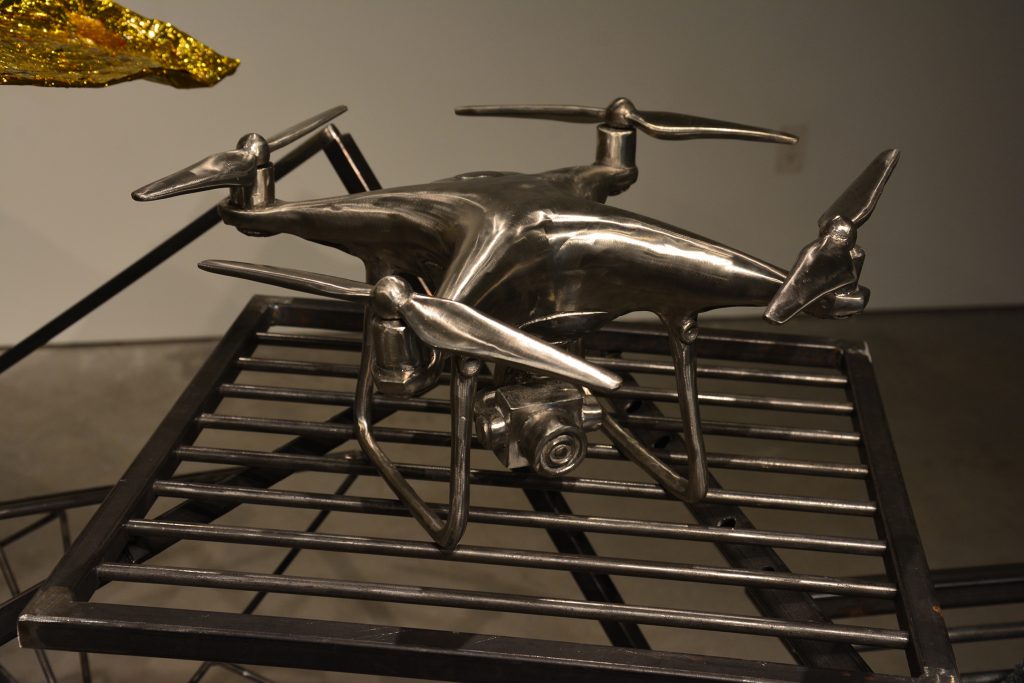
PO: What popular conceptions of your works’ subject matter would you like to change?
BS: I don’t know if there are popular conceptions of my works’ subject matter, but I have been asked during a public lecture where the feminine components of my work may be seen. When I inquired what “feminine” might mean to the contributor, she answered by describing formal qualities that are pink and texturally fluffy. There is much to be gleaned here. It would be easy to dismiss the individual’s question, yet it calls attention to education and expectancy in our culture as well as problems associated with the history of recognition and categorization as it relates to many fields and in this example Art History, commercialization, and sculptural product. It would be easy to categorize my work as only related to gender or climate change; yet, the visual and performing arts in my opinion are more complex than language sometimes permits. I prefer to think about my work (and students’ work) as not confined by social, scientific, cultural, demographic or other classifications defined by others. Instead, I hope my work may be seen and interpreted as having contextual merit with the understanding that we as artists have always been responsive to our environments and represent efforts that may not be easily labeled and even resist categorization (Dada, Fluxus, Happenings, Lucy Lippard’s Six Years: Dematerialization of the Object, Francis Alÿs, Morgan Bassichis, Andrea Fraser, etc.).
Related to this idea, I embrace the opportunity for chance, the unknown, complete and utter failure to enter my work. For instance, it may seem like I am in complete control when flying the drone, but more often than naught in extreme conditions, that drone has taken over, even flying itself when I lose compass amid magnetic interference or high wind speed. Moments of chaos amidst the more orderly sculptural pieces I believe are critical.
PO: How has your current studio practice been influenced by the effects of the COVID-19 pandemic?
BS: First, I would like to acknowledge how incredibly fortunate I am as I am considered an essential employee who has the right to decide if I wish to work from home. I have been healthy, have not lost employment or health care during the pandemic, and have not lost a loved one to COVID, any of which would have had a tremendous impact on my studio practice and personal life in general. Temporarily losing access to the shops, equipment, and space to safely create every project I have in mind has been an inconvenience but pales in comparison to the devastation so many individuals and families are facing.
In my 20s I lived for several years in NYC where I shared a small apartment that did not have a studio or access to the equipment I was used to in graduate school. During the day I worked as a Production Assistant at Public Television in Manhattan, and on nights and weekends I waited tables at an Italian seafood restaurant in Queens. This experience in not having space and equipment combined with moving every year for a good decade between residencies and jobs to pay for basic necessities served as a life lesson I didn’t value at the time, but understand in hindsight and acutely now how this seemingly limited way of working has benefitted my approach to making. As a result, rather than creating one project at a time consecutively, I work on approximately 5-6 projects simultaneously. Many require very different processes and some that do not require space or advanced equipment. This has allowed me the flexibility to shift gears when needed and is how I have been able to continue thinking/making at my home since March.
The New Frontier will be on view in the Smith College Oresman Gallery from March 24 to May 7, 2021.
View Springer’s full artist statement here.
View more of Springer’s work at bethanyspringer.com.
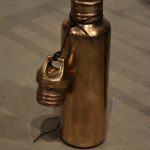
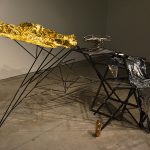
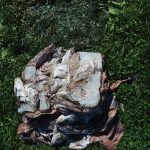
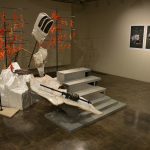
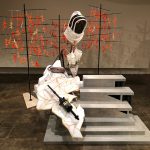
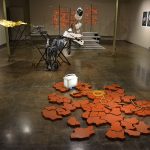
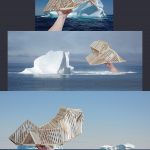
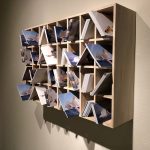
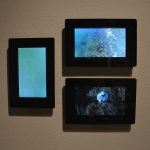
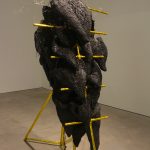
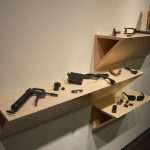
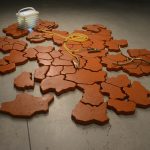
You must be logged in to post a comment.